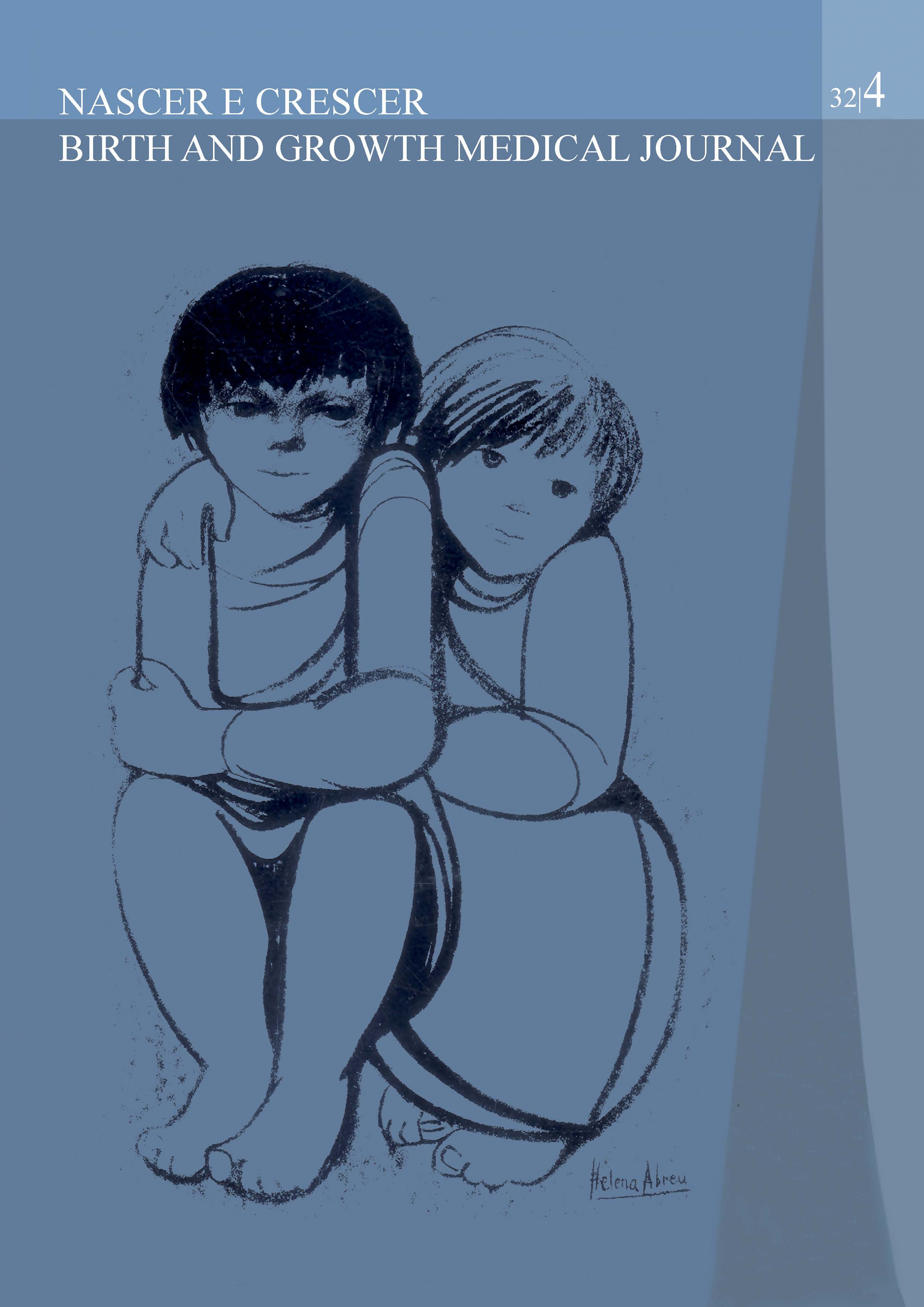Dent disease: A cause of proteinuria against all odds
DOI:
https://doi.org/10.25753/BirthGrowthMJ.v32.i4.26582Keywords:
CLCN5, Dent disease, hypercalciuria, OCRL, proteinuriaAbstract
Dent disease is a rare X-linked progressive renal disease characterized by hypercalciuria and low molecular weight proteinuria. In early childhood, patients may manifest only proteinuria and/or hypercalciuria, both of which are generally asymptomatic.
The authors report three cases of male patients with asymptomatic, non-orthostatic nephrotic proteinuria first detected during screening for an acute condition. All had intermittent hypercalciuria, one had nephrocalcinosis, and one had mild hypotonia and some learning difficulties. Genetic testing identified pathogenic variants in all patients, two in the OCRL gene and one in the CLCN5 gene. To date, none have developed chronic kidney disease.
The diagnosis of Dent disease can be challenging, but it should be considered in all men with unexplained proteinuria. This approach may not only allow for earlier diagnosis, but also avoid unnecessary testing and potentially harmful treatments.
Downloads
References
Scheinman SJ, Lieske JC. Dent disease (X-linked recessive nephrolithiasis). UpToDate, last updated in Sep 21, 2021. [accessed 2021 Nov 27]. Available from: https://www.uptodate.com/contents/dent-disease-x-linked-recessive-nephrolithiasis.
Lieske JC, Milliner DS, Beara-Lasic L, Harris P, Cogal A, Abrash E. Dent Disease. GeneReviews, last updated in Dez 14, 2017. [accessed 2021 Nov 27]. Available from: https://www.ncbi.nlm.nih.gov/books/NBK99494.
Anglani F, D’Angelo A, Bertizzolo LM, Tosetto E, Ceol M, Cremasco D, et al. Nephrolithiasis, kidney failure and bone disorders in Dent disease patients with and without CLCN5 mutations. Springerplus. 2015;4:492. https://doi.org/10.1186/s40064-015-1294-y.
Duan N, Huang C, Pang L, Jiang S, Yang W, Li H. Clinical manifestation and genetic findings in three boys with low molecular Weight Proteinuria – three case reports for exploring Dent Disease and Fancony syndrome. BMC Nephrology. 2021;22(1):24. https://doi.org/10.1186/s12882-020-02225-6.
Ehlayed AM, Copelovitch L. Update on Dent Disease. Pediatr Clin N Am. 2019;66 (1):169-178.
Berkel Y, Ludwig M, Wijk J, Bokenkamp A. Proteinuria in Dent disease: a review of the literature. Pediatr Nephrol. 2017;32(10):1851-9. https://doi.org/10.1007/s00467-016-3499-x.
Zaniew M, Mizerska-Wasiak M, Zaluska-Lesniewska I, Adamczyk P, Kilis-Pstrusinska K, Halinski A, et al. Dent disease in Poland: What have we learned so far? Int Urol Nephrol. 2017;49(11):2005-17. https://doi.org/10.1007/s11255-017-1676-x.
Szczepanska M, Zaniew M, Recker F, Mizerska-Wasiak M, Zaluska-Lesniewska I, Kilis-Pstrusinska K, et al. Dent disease in children: diagnostic and therapeutic considerations. Clinical Nephrology. 2015;84(4):222-30. https://doi.org/10.5414/CN108522.
Downloads
Published
How to Cite
Issue
Section
License
Copyright (c) 2024 Inês Rosinha, Marta Machado

This work is licensed under a Creative Commons Attribution-NonCommercial 4.0 International License.
Copyright and Authors' Rights
All articles published in Nascer e Crescer - Birth and Growth Medical Journal are Open Access and comply with the requirements of funding agencies or academic institutions. For use by third parties, Nascer e Crescer - Birth and Growth Medical Journal adheres to the terms of the Creative Commons License "Attribution - Non-Commercial Use (CC-BY-NC)".
It is the author's responsibility to obtain permission to reproduce figures, tables, etc. from other publications.
Authors must submit a Conflict of Interest statement and an Authorship Form with the submission of the article. An e-mail will be sent to the corresponding author confirming receipt of the manuscript.
Authors are permitted to make their articles available in repositories at their home institutions, provided that they always indicate where the articles were published and adhere to the terms of the Creative Commons license.


